The How To’s Of Increasing Your Cash Flow Posted on October 9, 2018

Obtaining external funding to fuel the growth of small businesses is now tougher than ever, with many experts warning that this trend shows no signs of abating in the near feature. Only last month, CPA Australia spoke of the government’s need to help SMEs develop better financial management skills (including those supporting cashflow) to ensure the long-term health of the economy and small business. After all, if SME owners don’t possess the necessary skills to promote the longevity of their business, any number of government stimulus packages or greater reductions in compliance requirements will be irrelevant. That’s why it’s imperative for all Australian SMEs to take a more proactive approach to their company’s financial success. This includes developing stronger financial checks and balances, ensuring funding for expansion and development plans is readily available when required – thereby negating the necessity to look externally for growth equity. One way of doing this is to be on the ball when it comes to your cashflow forecasting. In many ways, cashflow forecasting is one of the most important tools you’ll ever use as a business owner – without cash, you can’t survive – yet, you’d be amazed at how many SME owners I coach who have no cashflow plans or forecasts in place.
Why forecast for cashflow?
Firstly, you need to be aware of any cashflow ‘gaps’ in your business – these are times when your cash outflow exceeds your cash inflow. If you’re just starting out, you can estimate, or, if you’ve been operating for a while, you should use real figures you’ve collected – after 12 months, you’ll have a good idea of what your cashflow trends will be from month to month.
The 4-step cashflow forecast builder
In a single, simple spreadsheet, compile all the following information, ordered in such a fashion as to make your cashflow position easy to ascertain at a glance, for any given month.
- Write down all your plans for the business such as expansion, a move to new premises or hiring new staff.
- Prepare a sales forecast, which will detail the expected revenue of the business (this should identify which sales are cash or credit as this affects when you actually have the money in your bank).
- Compile a list of any other cash inflows you’re expecting (these might include: GST refunds, monies from asset sales, grants, loan proceeds, income that doesn’t fall under the category of ‘sales’, such as royalties or franchise/license fees (if you’re a franchisor).
- Similarly, list your expected cash outflows (for example, one-off bank fees, loan repayments, purchase of assets, bills etc.).
Additional tips:
- Make sure you determine the period of time your forecast will cover.
- Include an opening bank balance and have your spreadsheet automatically add to this all inflows and subtract outflows of cash, on a monthly basis.
- Remember that cashflow forecasting relies heavily on timing, so make sure you are as accurate as possible with regards to this.
What to do with the data?
After you’ve inputted the monthly cashflow data into your spreadsheet, you should use the resulting balances in your overall planning of what and when to spend. For example, if you’ve just set up your business and you forecast that you’ll make a certain amount of sales in July (the same month that you’re due to receive several large, annual bills), you can predict whether your outgoings will leave you with enough cash on hand to deal with your other incoming expenses. Taking a longer-term view, you can use your cashflow forecast to predict when cash shortages are likely to hinder your plans to expand. For example, if you are a retailer and looking to open a second outlet at the start of winter, you’ll need to take into account that you’ll be purchasing your next season’s stock at the same time, which, combined with the added expense of new premises might mean that you’d need to take a careful approach to your cashflow planning, or postpone the move to another month. Use your forecast to run a few ‘what if’ scenarios for purchases and identify periods where your cash will be low so that you can plan marketing activities around these times to counteract any shortfalls. Remember to keep your cashflow forecast up to date too as time progresses, including current sales figures along side your previous projections so you can identify whether you over or underestimated and have an accurate picture of what to expect for the following year





